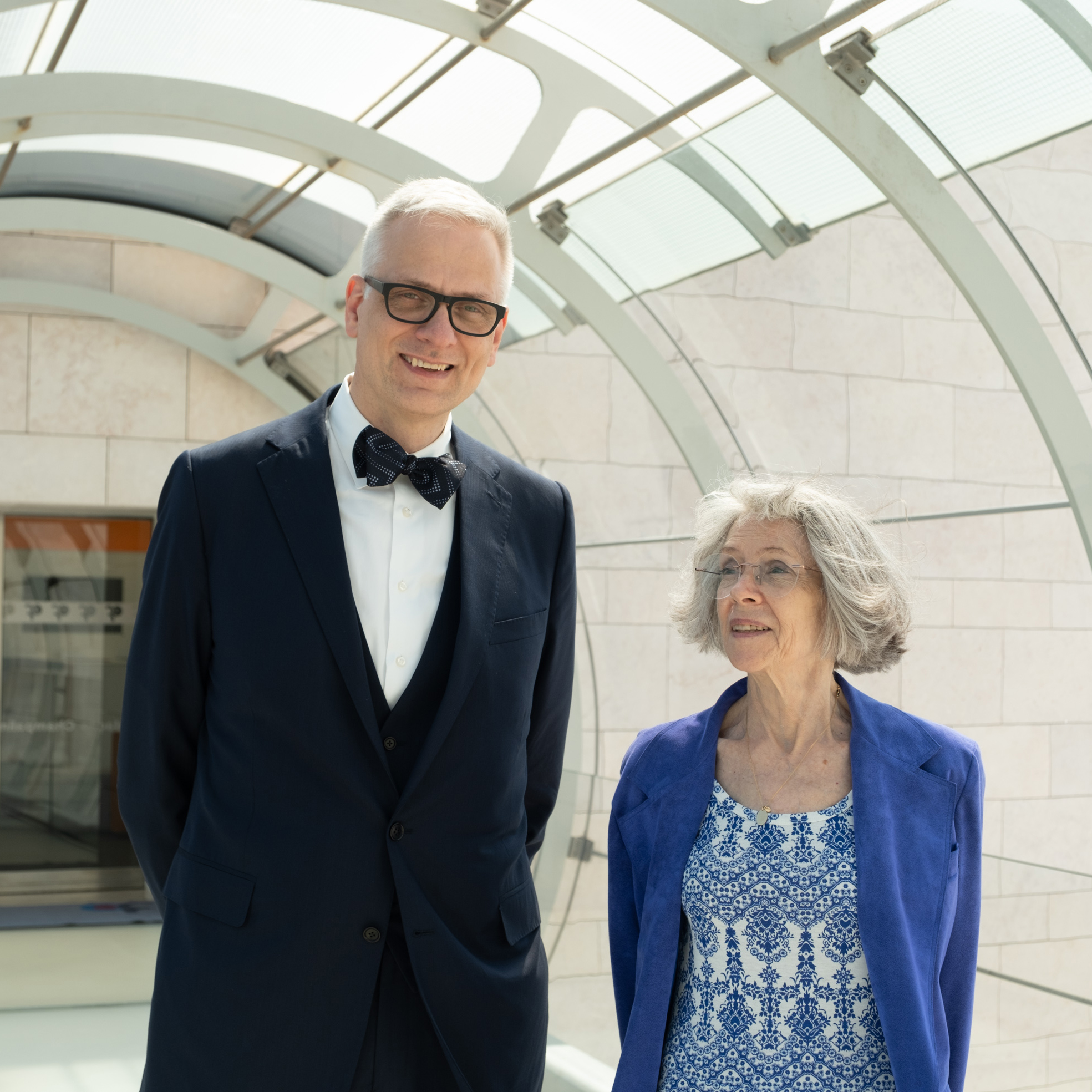The laureates of the 2024 António Champalimaud Vision Award are researchers Margaret Livingstone, Nancy Kanwisher, Doris Tsao (from the United States) and Winrich Freiwald (Germany) for their innovative contributions to understanding the neural mechanisms underlying facial recognition.
The collective work carried out by these researchers has led to significant advances in the field of visual neuroscience, demonstrating how the brain processes and recognises faces, a fundamental aspect of social interaction and human cognition.
Margaret Livingstone, from Harvard Medical School, has made a significant contribution to understanding the brain mechanisms underlying vision. Her work has shown that the first areas of the brain that process what we see - areas V1 and V2 - are organised into separate parts, specialising in color, shape, movement and depth. This revolutionary discovery provided the basis for numerous perceptual phenomena and led to a relevant hypothesis for understanding the cause of dyslexia.
Previously, the neuroscientist had explored how biology and artistic techniques for producing optical illusions influence our perception of art. Today we know that the way we see art is also intrinsically linked to the way the brain processes vision. The way in which some great painters with eye pathologies see the world defines their art. And so unique works are born because their authors' brains perceive color, light, form and movement differently.
The intersection between art and science is a tiny part of a bigger picture that involves the way we recognise the faces of others.
Researchers Nancy Kanwisher, Doris Tsao and Winrich Freiwald discovered a system of brain areas that are fundamental to recognising faces. This research has made it possible to understand how the brain processes facial features from initial recognition to identifying the person, regardless of their pose. The same research made it possible to identify specific neural populations responsible for coding various facial features, deciphering the structure that the brain uses to recognise individual faces.
Nancy Kanwisher, from MIT, identified the fusiform face area (FFA), a brain region specialising in facial perception. Using neuroimaging, she demonstrated how specific areas are dedicated to processing faces, establishing fundamental knowledge about the neural basis of facial recognition.
Winrich Freiwald, from Rockefeller University, has discovered circuits that support specialised functions of vision and high-level cognition. Together with Doris Tsao, he discovered a facial processing network, with areas for analysing facial movement and recognising familiar faces, linking vision to memory and attention control. These discoveries revealed new computational principles in vision and established a new experimental paradigm for the sciences of vision and cognition.
Doris Tsao, from the University of California Berkeley, has achieved significant developments in understanding the neural coding of faces. Her research has made it possible to identify and characterise the neural populations responsible for coding facial features and has provided critical insights into how the brain integrates and processes this information to facilitate facial recognition. This has demonstrated the complexity and specificity of the neural mechanisms underlying facial perception.
These investigations brought together molecular, cellular and systems neuroscience, linking the activity of specific neurons and brain regions to the complex behaviour of face recognition. The collective work has resulted in a unified understanding of how faces are perceived and recognised, profoundly impacting the fields of neurobiology, cognitive neuroscience and visual processing. These findings have not only improved knowledge about brain function but may also have implications for understanding and treating disorders related to facial perception. This research has combined different scientific approaches to solve one of the biggest challenges in neuroscience and one that could lead to new discoveries in the future.
This represents a victory for science that promises to rewrite the destiny of human vision, paving the way for knowledge and treatment of visual problems with a major impact on learning, such as dyslexia and the inability to recognise faces. At the same time, they allow for a better understanding of the plasticity of the brain and the development of stimuli to combat cognitive decline, such as dementias.

